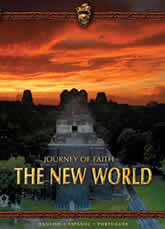I led a discussion in a high priests group today about personal apostasy and how we can help by sharing the gospel over the internet. I asked for people to share their personal experiences regarding why people leave, and I shared some figures from a 1988 study that is summarized by Kevin Barney here. With regard to reasons people become inactive in the Church, the study reported the following:
- 54% wanted to spend their limited time and resources on other interests and activities.
- 40% indicated that they didn’t feel they belonged
- 25% reported feeling it didn’t matter to anyone whether they attended or not.
- About a third gave contextual reasons (movement to a new community where they didn’t get involved, work schedule conflicts, etc.).
- 23% reported problems with specific doctrines or teachings,
- 20% reported problems with other members of the congregation
- Some said the church demanded too much of their time and money
- Others said it no longer was a help in finding the meaning in life.
- Female respondents in particular were affected by marriage to a nonmember spouse.
As I opened it up for discussion, the idea was expressed, and I agreed, that a fundamental reason for loss of faith was a loss of the Spirit. So many of the factors listed above can be tolerated if an individual feels a strong connection with God that is associated with activity in this Church (prayer, scripture reading, Church and temple attendance, etc.)
[Read more…] about How NOT to keep people from leaving the Church

